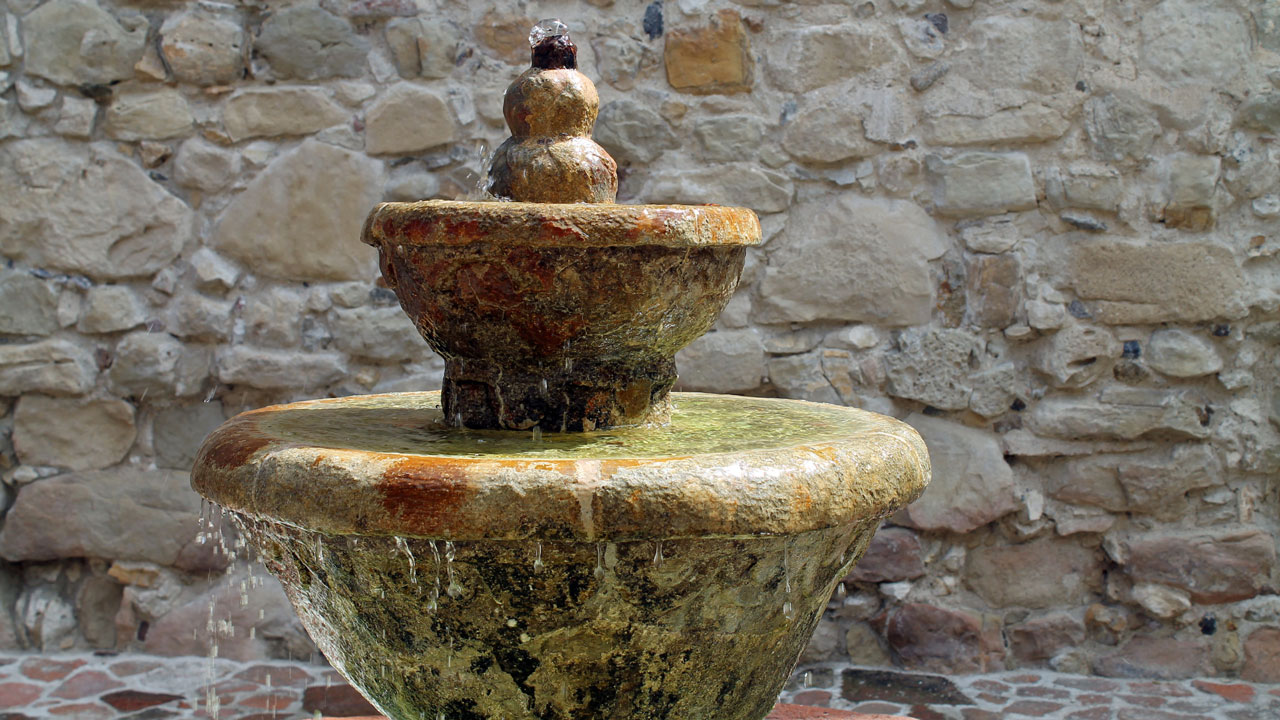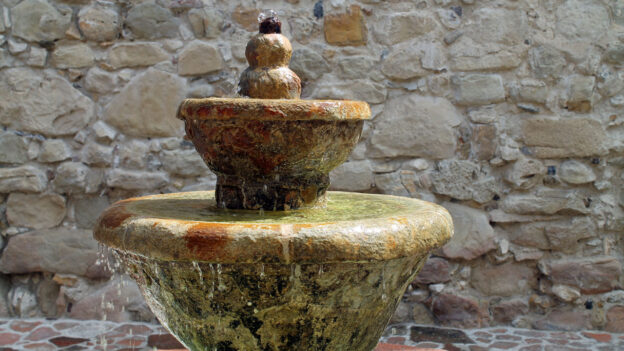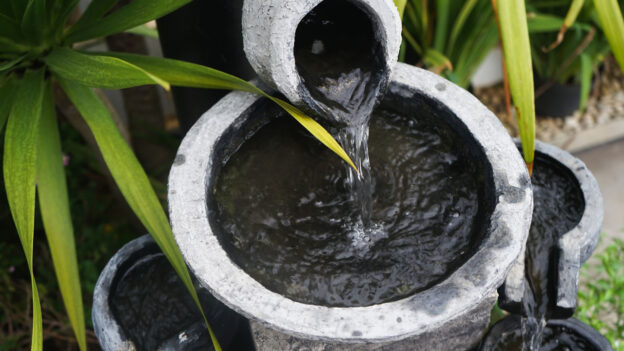
Key Takeaways
- Understanding how to restore a pond requires assessing water quality, removing invasive species, and establishing beneficial bacteria for healthy aquatic life.
- Pond restoration success depends on proper sediment removal techniques and selecting appropriate native plants to create sustainable fish habitat.
- When restoring a pond, address silt buildup and implement erosion control measures to maintain long-term environmental conditions.
- Learning how to restore a natural pond involves balancing underwater vegetation with native vegetation while considering restoration solutions for your specific ecosystem.
- Professional pond repair near me services offer expertise in pond leak repair, equipment maintenance, and comprehensive customer service for complex projects.
Are you bothered by the water feature in your backyard malfunctioning? Worry not, an experienced fountain and ponds repair company in Orange County can take care of it. When searching for pond repair near me, ensure the company specializes in comprehensive pond restoration services.
If your pond doesn’t seem safe for your kids, or perhaps you’d like to spend less money on restoring a pond, here are some ideas to bring back its beauty and ensure that it’s in proper condition. Understanding how to restore a pond properly can save thousands in professional fees.
There may seem to be an enormous amount of work involved in pond restoration. When you have a well-maintained pond, you’ve got one that’s healthy and offers lots of habitat for wildlife. Restoring a pond may become difficult if it is suddenly neglected and plant growth continues to occur.
1. Inspect the Pond’s Condition
It is crucial to determine the condition of any pond before beginning to restore it. Start by getting close to the edge of your pond. Check for signs that might require pond leak repair, such as unexplained water loss or wet areas around the pond perimeter.
What are the conditions of the area? Are there weeds growing out of control, a lack of irrigation, or debris in the water? Could there be any remaining systems?
You may want to assess the depth and appearance of the edges of the pond if the water level is low. Make sure the pumps and drainage are working. Issues with circulation often require pond pump repair to restore proper water movement.
2. Drain the Pond
In order to clean out your pond quickly, you should drain it, but this will also remove the natural eco-balance and rebuild your bacteria population from scratch. The thick muck at the bottom of the pond can be sifted out using a bucket or pump if you drain the pond. This is also the ideal time to inspect the liner and have a pond liner repair kit ready for any damage discovered.
3. Dig Out the Water Level
Ponds are generally sized based on what they will be used for. The pond should be at least two feet deep if you want to add fish. A garden pond that is customized to a specific size may be required if you have pets and want them to enjoy the water.
You might want to go with a shallow water feature instead if you don’t want pets or kids around. It may be possible to dredge the bottom of your pond if there has been a lot of debris and soil washed into it over the years.
4. Remove the Debris
Proper debris removal is a crucial step in pond restoration that prevents future maintenance issues. Overgrown weeds often surround old ponds, so remove them with a garden tool or by hand. Make sure not to add chemicals to the water or the soil around the water that may seep into it. Make sure you get rid of as many leaves, dead plants, and twigs as you can with a long-handled net or a garden rake.
Through aeration, debris or oil can be removed, insects can be eradicated, and positive organics can be circulated. The number of aerobic bacteria in a properly aerated garden pond will be higher, and these bacteria will work to reduce waste buildup. This final step in restoring a pond ensures long-term water quality and ecosystem health.
5. Install a Pond Filter for Aeration
By using a pond filter, you will be able to keep the water clear and maintain the pond more easily. The oxygen level in the pond can also be increased by installing a fountain or pond spitter. When you want to attract fish or other wildlife to your water features and keep insects out, aeration is essential.
Through aeration, debris or oil can be removed, insects can be eradicated, and positive organics can be circulated. The number of aerobic bacteria in a properly aerated garden pond will be higher, and these bacteria will work to reduce waste buildup.
We Offer Professional Fountain and Pond Restoration in Orange County
Learning how to restore a natural pond requires balancing ecosystem needs with aesthetic goals. A professional company can ensure that outdoor fountain maintenance and repair are done correctly and efficiently by handling the work for you. Do you own a pond that needs to be resurfaced? Our team of pond experts and pond designers in Orange County and can assist you.
With our help, you can choose the most appropriate pond or fountain remodeling option for your needs. If you have any questions, please fill out our online form or call us at 949-653-2305 at Orange County Pond Service today!
Frequently Asked Questions
Q1. What’s included in a pond liner repair kit for DIY fixes?
Most kits contain patch material, adhesive, primer, and cleaning supplies. Apply patches to clean, dry surfaces for effective repairs. Consider professional help for extensive damage or if you’re unsure about proper application techniques.
Q2. How to repair a leaking pond without draining completely?
Underwater sealants work for minor leaks. Identify the leak source using dye testing, then apply specialized pond-safe sealant. For major leaks, partial draining may be necessary to access and properly repair damaged areas.
Q3. When should I schedule pond pump repair versus replacement?
If your water pump is over 5 years old or repairs exceed 50% of replacement cost, choose new equipment. Regular maintenance extends pump life, but declining performance indicates replacement time for optimal pond health.
Q4. How do heavy machinery and plant species selection impact restoration?
Heavy machinery speeds sediment removal but can damage pond structure if misused. Choose plant species carefully—native options require less maintenance and support local wildlife better than exotic varieties that may become invasive.
Q5. What role does a pond air pump play in ecosystem health?
Pond air pumps increase oxygen levels, supporting fish and beneficial bacteria while reducing algae growth. Proper aeration prevents stratification, improves water clarity, and creates conditions where aquatic life thrives throughout all seasons.


 Hiring a trusted
Hiring a trusted